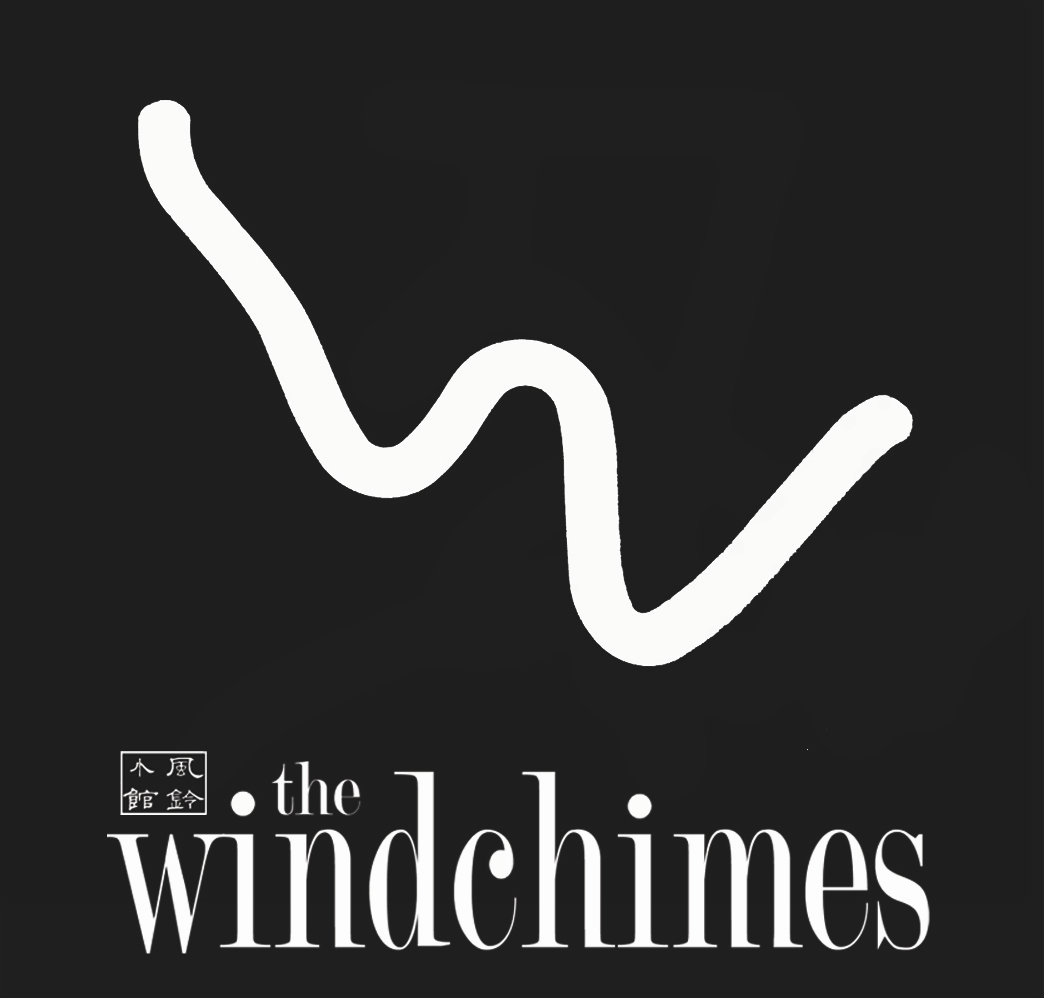China is a large and old country that has a lot of traditions and ties to culture that a lot of people don't know. One being the symbolism of color the meaning behind certain ones.
Each color represents one of the five elements that hold a special place in China's culture. Here is the break down :
Black
Black represents water. In China, as elsewhere in the world, black 黑 symbolizes something serious, very formal. It was the color wore by the imperial dignitaries, much like the outfits of our lawyers back in the West. Black also expresses the secret in Chinese, something that is happening in the shadow like the mafia. Black is also considered as a neutral color. Thus, in modern China, people usually wear black clothes in their daily life and white is usually for funerals.
Red
The second color is red. It represents fire. Chinese people usually believe that red can be a sign of joy and fortune. It has been common color in Chinese New Year and other official or traditional holidays. That is why many older people or people that have been married usually give red envelope as red is a sign of good luck. Red in Chinese culture is not usual for an event like a funeral because it represents happiness. Thus, it can be pretty offensive to wear red clothes to the funeral ceremony.
Green
In China, green color usually carries a negative meaning. The Chinese think that someone who does not feel good has a green face. “Having a green face” also means to be angry. Another popular meaning is to cheat on someone. “Wearing a green cap” means being unfaithful to your husband. Generally this term is used for a woman who had a relationship with another man and therefore dishonored her husband.
White
The fourth color is white. It strongly symbolized the purity and brightness of the metal. It is the official color of clothes in a funeral ceremony. The Chinese are also obsessed with the white skin, as it is usually related to your position in the society.
Yellow
The last color is yellow as a symbol of earth. This color, very important in Chinese symbolism, represents glory, wisdom, harmony, happiness, culture. Yellow is reserved for the Emperor, it is the color of royalty. Later, it took very different meaning as yellow is also the color of sex and pleasure.
As we quickly approach summer we are seeing all the colors that come out in nature and also our food. So, next time you are enjoying your delicious food from Windchimes take a look and see what colors your see and what they might mean!








